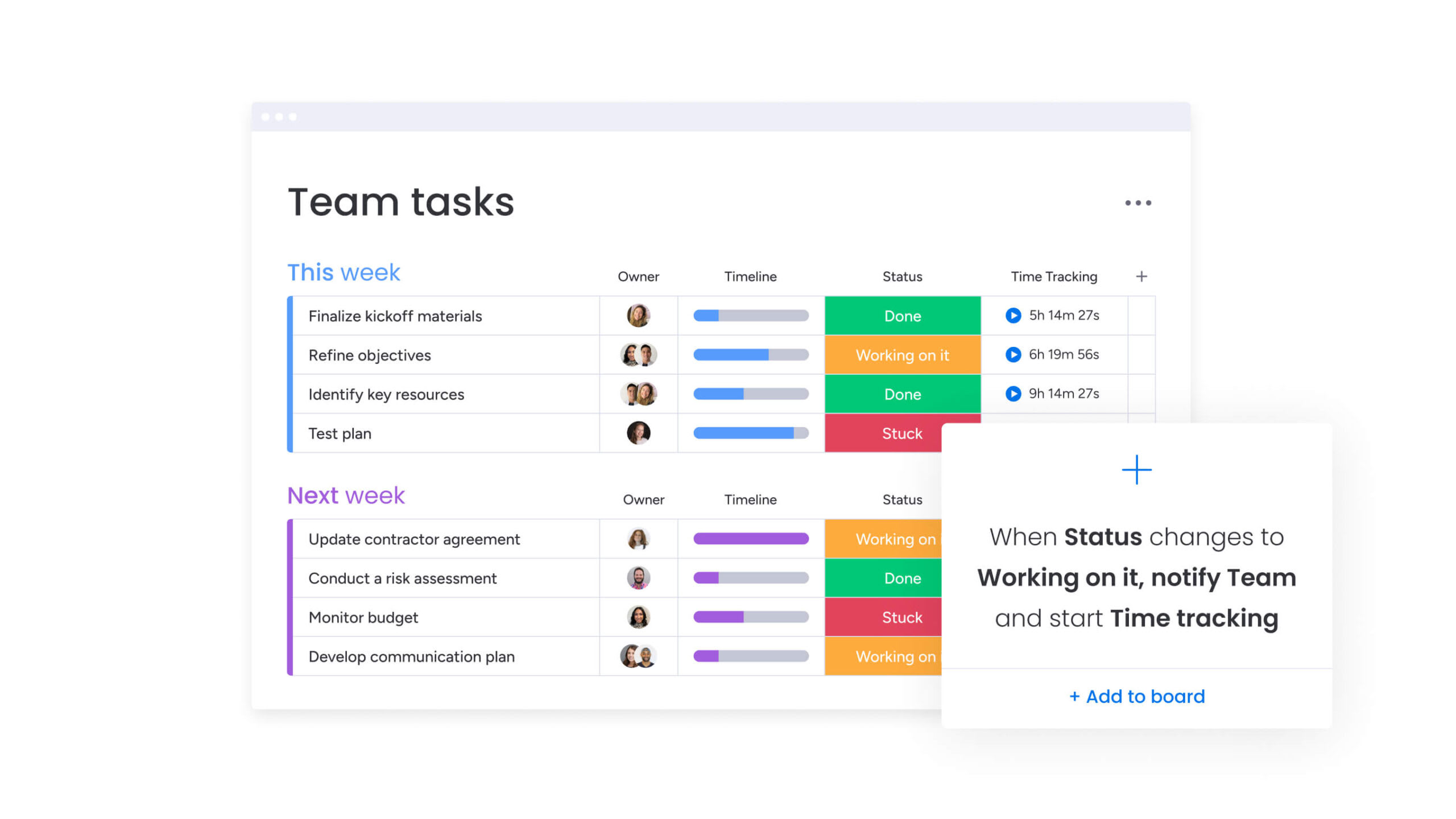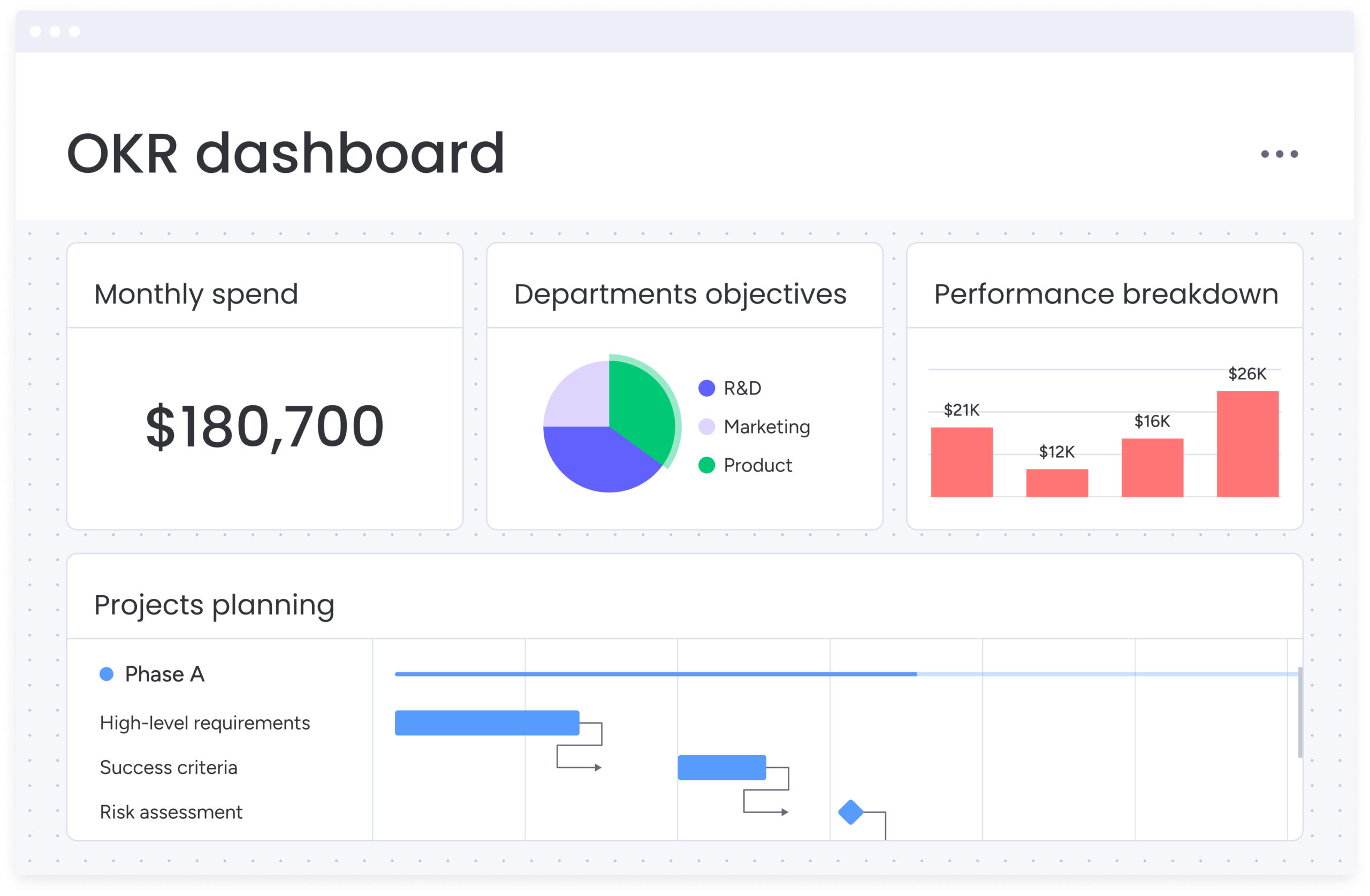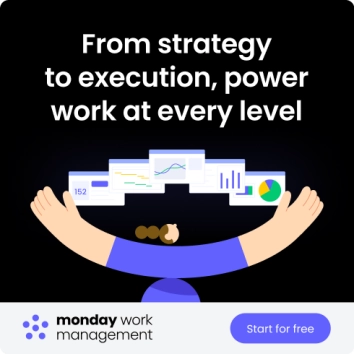The iterative process has become a go-to approach for teams that need flexibility without losing structure. Instead of mapping out every detail at the start, you work in short cycles where ideas are built, tested, and refined. Each round gives you new information to work with, helping you adjust early and avoid the costly surprises that appear later in a project.
You’ll see this approach everywhere — from software sprints to design revisions to rapid marketing experiments. The value is the same across all of them: teams learn faster, make better decisions, and improve the final outcome with every pass.
This article breaks down how iteration works, the five steps that shape each cycle, and how different industries apply it day-to-day. It also explores when iteration is the smartest choice, where teams often go wrong, how it compares to related methods, and the signals that show whether your iterations are paying off.
By the time you reach the end, you’ll have a clear, practical understanding of how to bring an iterative mindset into your own projects and use it to create steady, measurable progress.
Key takeaways
- Build in cycles: use short, repeatable iterations to test ideas early and improve them with each pass.
- Reduce risk early: smaller rounds of planning, testing, and refinement help teams uncover issues before they become costly.
- Adapt with confidence: iteration makes it easier to respond to new information, shifting requirements, or customer feedback.
- Work smarter together: cross-functional teams stay aligned because every cycle ends with shared evaluations and clear next steps.
- Manage every iteration: monday work management gives you a flexible workspace to plan cycles, capture feedback, and track progress.
What is an iterative process?
An iterative process is a way of developing or improving something through repeated cycles. Instead of aiming for a perfect outcome on the first attempt, you create an initial version, test it, learn from the results, and refine it in the next round. Each cycle builds on what you discovered previously, steadily moving the work closer to the final goal.
Teams rely on this approach when they need room to adjust or when requirements are likely to evolve. Because each cycle is short, you only commit to what you confidently know today — anything new can be built into the next iteration without derailing progress.
Here’s why the iterative mindset works so well:
- Faster learning: each cycle reveals what works and what needs improvement.
- Built-in flexibility: teams can adjust direction as customer needs or project constraints change.
- Earlier visibility: small steps make risks easier to spot and resolve before they grow.
- Steady momentum: frequent checkpoints help teams stay aligned and deliver value sooner.
In project management, this structure replaces heavy upfront planning with continuous discovery and improvement. Agile frameworks like Scrum follow a similar rhythm, but the iterative process can be used in any industry where refining ideas over time leads to a stronger final result.

The 5 key steps of the iterative process
Now that you know how iteration works at a high level, it helps to break the cycle down into its core stages. Each step plays a specific role in shaping, testing, and improving the work — and together they form a loop your team repeats until the final outcome is ready.
1. Planning and requirements
Every cycle starts with a lightweight plan. You identify the goals for this specific iteration, outline the core features or tasks you’ll focus on, and define what “success” looks like for the round.
- Set priorities: choose only the essential items for this iteration.
- Align expectations: make sure everyone understands the scope and limits of the cycle.
- Keep it simple: planning here is intentionally brief to leave room for learning later.
2. Design and prototyping
With your goals defined, the next step is creating something you can test. This may be a wireframe, draft, model, or early version of a feature — anything that helps convert ideas into something tangible.
- Visualize ideas: turn assumptions into a working concept.
- Stay low-fidelity: focus on speed, not polish.
- Prepare for feedback: build just enough to learn from.
3. Implementation and testing
Once the design is ready, the team builds the first working version and tests it against the goals set during planning.
- Create the initial version: implement the core functionality or concept.
- Test early: look for technical issues, usability gaps, or logic flaws.
- Capture insights: document anything that requires refinement in the next round.
4. Evaluation and feedback
After the version is tested, you gather reactions from stakeholders, customers, or teammates. This is the moment you assess what to keep, what to adjust, and what to rethink entirely.
- Collect reactions: use feedback channels like reviews, demos, or user testing.
- Identify patterns: look for recurring issues or opportunities.
- Reassess goals: confirm whether the iteration met its purpose.
5. Refinement and repetition
The final step closes the loop. You apply what you learned, refine the work, and prepare the next cycle. Each round brings the project closer to the desired outcome.
- Improve the version: fix issues, build enhancements, or adjust direction.
- Plan the next cycle: define new goals based on fresh insights.
- Repeat the loop: continue iterating until the project meets its objectives.
Iterative process examples in action
Iteration isn’t limited to one industry or type of project. Many teams use it instinctively because it helps them test ideas quickly, learn from real feedback, and move toward a better result with less risk.
Here are a few places where the iterative process shows up every day.
Software development
Developers rely heavily on iteration to ship reliable code. They build a working version, test it, fix issues, and release improvements in short cycles. Operating system updates are a good example — each one is an iteration that incorporates bug fixes, security patches, and new features based on customer feedback.
Graphic design
Designers rarely land on the perfect concept right away. They start with a draft, gather client feedback, refine details, and repeat the process until the final design hits the mark.
- Early drafts: explore different directions quickly.
- Feedback cycles: tighten the concept with every round.
- Final polish: iteration ends when the design meets the brief.
Product development
Physical products evolve through multiple iterations before reaching the market. Teams prototype, test with early users, adjust the design, and repeat to ensure the product delivers on performance, cost, and usability.
- Prototype revisions: improve durability, materials, or functionality.
- Customer insights: incorporate real-world feedback from testers.
- Version upgrades: each new model reflects the learnings of the last.
Digital marketing
Marketers use rapid iteration to optimize campaigns and react to real-time data. If an ad underperforms, they adjust the copy, visuals, or targeting and test again within minutes.
- A/B testing: compare variations to uncover what resonates.
- Live adjustments: refine messaging based on audience behavior.
Continuous improvement: small adjustments drive stronger results.
Iterative process: benefits and challenges
The iterative process can unlock major advantages when used in the right context. It gives teams room to experiment, adapt quickly, and solve complex problems without committing to a rigid plan too early. At the same time, iteration comes with a few considerations you need to manage carefully.
Benefits
When applied thoughtfully, iteration helps teams work smarter and move faster.
- Reduce risk: tackle issues early before they grow into expensive setbacks.
- Adapt easily: each cycle gives you a chance to respond to new information or shifting requirements.
- Improve quality: small refinements add up, leading to a stronger final result.
- Move faster: teams can work in parallel and adjust course without re-planning the entire project.
- Boost morale: visible progress after each cycle keeps momentum high.
Challenges
Iteration isn’t perfect for every situation. Without guardrails, it can introduce avoidable friction.
- Scope creep: constant feedback may pull the project in too many directions.
- Resource strain: repeated testing and reviews require time and consistent stakeholder involvement.
- Unclear goals: vague iteration objectives can slow progress and dilute impact.
- Over-iteration: too many cycles can delay delivery if teams aren’t aligned on “good enough”.

Iterative vs incremental development
As teams adopt more flexible ways of working, two approaches often get mixed up: iterative development and incremental development. They’re related, but they solve different problems — and understanding the difference makes it easier to choose the right approach for your project.
Iterative development
Iteration focuses on improving the same version of a product through repeated cycles. You start with a rough, end-to-end version and refine it over time.
- Shape over time: each cycle sharpens the same solution until it reaches the desired outcome.
- Early visibility: even the first version gives a full picture, just at lower fidelity.
- Continuous learning: feedback fuels every improvement.
Incremental development
Incremental work breaks a project into independent pieces, with each increment adding a complete chunk of functionality.
- Piece-by-piece delivery: each increment stands on its own.
- Fast value: customers or stakeholders can start using early pieces right away.
- Clear boundaries: every increment has a defined purpose and outcome.
When to use an iterative process
After understanding how iteration compares to other development styles, it becomes much clearer when this approach truly shines. Teams tend to get the most value from iteration when they’re dealing with uncertainty, shifting requirements, or work that depends heavily on real-world feedback.
Here are the situations where an iterative process is especially effective:
- Evolving requirements: projects where goals, priorities, or customer needs are likely to change.
- High uncertainty: early-stage ideas that need exploration, testing, and validation before full investment.
- User-focused work: products or campaigns that depend on real feedback to shape the final direction.
- Complex problems: large or multilayered projects where learning needs to happen gradually.
- Cross-functional collaboration: teams that benefit from regular checkpoints to keep everyone aligned.
- Innovation-heavy projects: work that requires experimentation without committing to a full build upfront.
Iterative process vs Agile methodologies
The iterative process often gets grouped with Agile because both rely on short cycles and constant refinement. They’re connected, but they’re not the same.
How iteration fits into Agile
Agile frameworks use iteration as one of their core building blocks.
- Short cycles: work moves forward in defined time frames.
- Regular checkpoints: teams review progress and adjust together.
- Feedback-driven: customer input shapes each new round.
Key differences
Iteration is a method for improving a solution. Agile is a broader way of managing work.
- Iteration: build, test, refine, repeat.
- Agile: a set of values and practices that guide how teams plan and deliver.
- Iteration improves the output: Agile structures the workflow around it.
How they work together
Agile teams rely on iterations to learn quickly and make better decisions, while Agile provides the structure that keeps those cycles on track.

Manage your iterative process with monday work management
An effective iterative process depends on visibility, quick feedback, and the ability to adjust plans without losing momentum. monday work management brings all of that into one digital workspace, giving teams a clear way to track cycles, test ideas, and refine work as they go.
Set up a board for each iteration
Create a central board to map out your cycles, organize responsibilities, and set priorities for each round of work.
- Flexible structures: build boards that match your workflow, from simple lists to detailed feature cycles.
- Multiple views: switch between Kanban, Gantt, or Timeline View to track progress from different perspectives.
- Clear ownership: assign tasks and deadlines so everyone knows what they’re driving in the current iteration.
Automate your feedback loop
Strong iterations rely on fast, consistent feedback. monday makes this easy to collect and manage.
- Forms and integrations: gather input from stakeholders without chasing emails.
- Automations: turn feedback into actionable items instantly.
- Updates section: keep discussions, decisions, and next steps visible in one place.
Track progress across cycles
As your team moves through iterations, it’s important to understand what’s working and where adjustments are needed.
- Dashboards: pull data from multiple boards to create a clear view of project health.
- Burndown and workload widgets: monitor pace, capacity, and cycle progress in real time.
- Custom reporting: share insights with stakeholders to align on what comes next.
Bring AI into your iterative workflow
Iteration moves faster when teams spend more time thinking and less time on manual tasks. monday AI helps streamline each cycle.
- Summaries: condense long feedback threads into key insights.
- Action items: turn brainstorming sessions into clear next steps.
- Status updates: draft quick, consistent reports for stakeholders.
With the right structure in place, monday work management becomes the backbone of your iterative process — helping your team experiment, learn, and improve with every cycle.
The iterative model focuses on refining a product through repeated cycles, improving the entire system with each iteration. The incremental model builds a product piece by piece, adding new, fully functional parts with each release. Many modern approaches, like Agile, combine both. Not exactly. Agile is a broad project management philosophy that values flexibility and collaboration. The iterative process is a specific technique that is often used within Agile frameworks like Scrum. While most Agile methods are iterative, not all iterative processes are considered Agile. The main stages of an iterative process typically include: 1. Planning and requirements gathering for the initial version. 2. Designing and prototyping. 3. Implementing and testing the prototype. 4. Evaluating the version and collecting feedback. 5. Refining the product and repeating the cycle. The main disadvantages include the risk of scope creep, as continuous feedback can lead to an ever-expanding project. It can also be more resource-intensive due to the need for repeated testing and frequent stakeholder involvement throughout the project's lifecycle.FAQs
What is the difference between iterative and incremental models?
What is the difference between iterative and incremental models?
Is Agile the same as an iterative process?
Is Agile the same as an iterative process?
What are the main stages of an iterative process?
What are the main stages of an iterative process?
What are the disadvantages of the iterative model?
What are the disadvantages of the iterative model?
 Get started
Get started 


